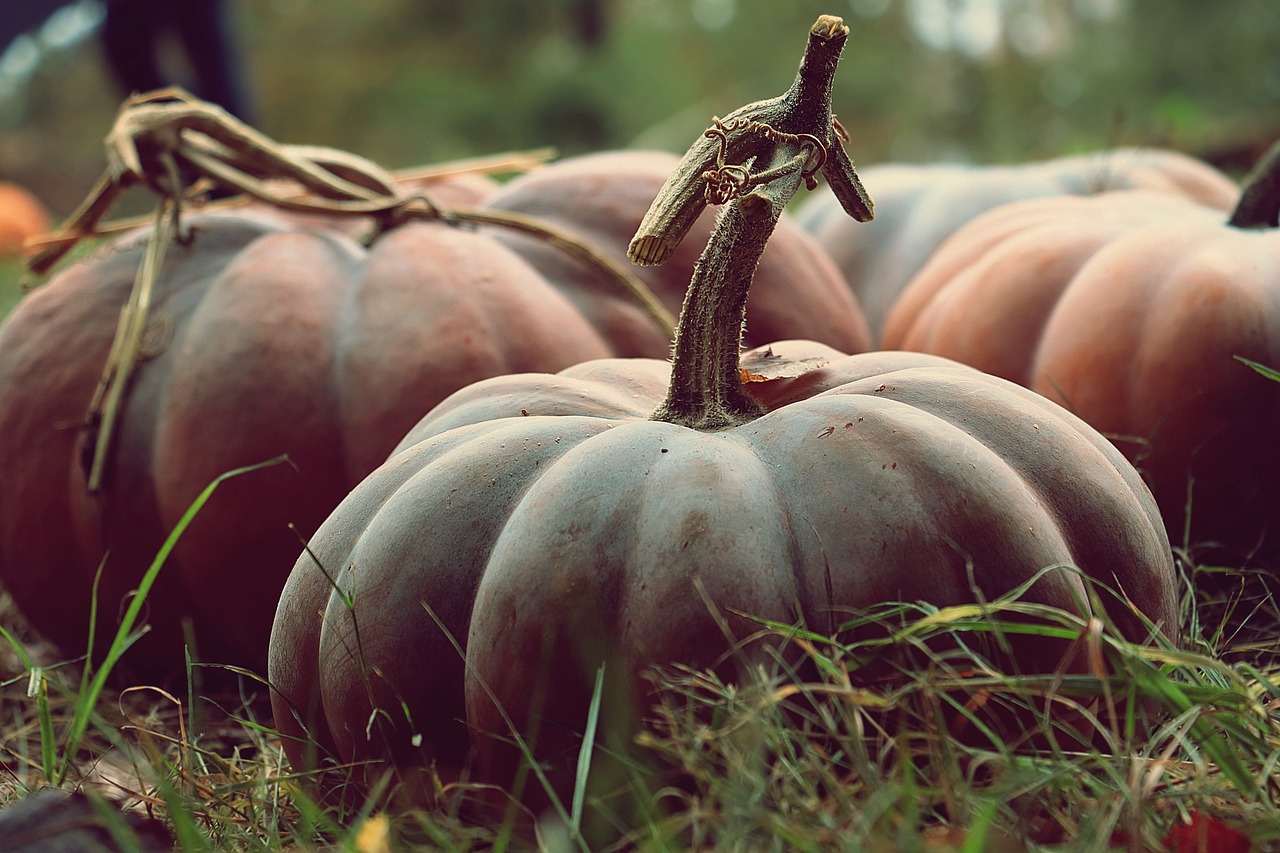Squash plants are not only beloved for their delicious fruits but also for their vibrant, sprawling presence in the garden. To optimize their growth and health, it’s essential to choose companion plants that complement their needs and deter pests that can hamper their development. Here, we explore ten excellent companion plants for squash, each bringing unique benefits to the garden.
Squash Companion Plants
1. Borage: A Bountiful Companion
Borage (Borago officinalis) is a fantastic companion plant for squash due to its multifaceted benefits. Its vibrant blue flowers attract pollinators such as bees, ensuring abundant pollination for squash plants. Additionally, borage’s strong scent repels common pests like squash bugs and cabbage worms, helping to protect squash crops naturally. Planting borage alongside squash also enhances soil health, as its deep roots accumulate nutrients from the subsoil, enriching the surrounding soil for the benefit of all nearby plants.
2. Nasturtium: Beauty with a Purpose
Nasturtiums (Tropaeolum majus) are not only visually stunning additions to the garden but also valuable companions for squash plants. These vibrant flowers act as natural repellents against pests like aphids, squash bugs, and whiteflies, helping to keep squash plants healthy and pest-free. Additionally, nasturtiums serve as sacrificial plants, drawing pests away from squash vines and protecting them from damage. Their trailing habit also provides valuable ground cover, helping to retain soil moisture and suppress weed growth around squash plants.
3. Marigolds: Guardians of the Garden
Marigolds (Tagetes spp.) are renowned for their pest-repelling properties, making them excellent companions for squash plants. Their strong scent deters a wide range of pests, including nematodes, aphids, and squash bugs, helping to protect squash crops from damage. Marigolds also attract beneficial insects like ladybugs and hoverflies, which prey on common squash pests, further enhancing pest control in the garden. Planting marigolds alongside squash not only improves pest resistance but also adds a splash of vibrant color to the garden landscape.
4. Corn: Tall and Supportive
Corn (Zea mays) serves as an excellent companion plant for squash, offering structural support and mutual benefits in the garden. When planted together, corn provides a natural trellis for vining squash varieties, allowing them to climb and spread vertically, thereby maximizing garden space. In return, squash plants offer ground cover around the base of corn stalks, suppressing weed growth and conserving soil moisture. This symbiotic relationship fosters efficient land use and promotes healthy growth for both crops.
5. Peas: Nitrogen-Fixing Allies
Peas (Pisum sativum) are valuable companions for squash plants, particularly in terms of soil health and fertility. As nitrogen-fixing legumes, peas have the unique ability to convert atmospheric nitrogen into a form that plants can readily absorb, enriching the soil with this essential nutrient. Planting peas alongside squash helps to boost nitrogen levels in the soil, promoting robust growth and higher yields for squash crops. Additionally, peas’ climbing habit can provide support for vining squash varieties, maximizing vertical space in the garden.
6. Pole Beans: Vertical Companions
Pole beans (Phaseolus vulgaris) are ideal companions for squash, especially in gardens with limited space. Their upright growth habit makes them excellent vertical companions for vining squash varieties, allowing both crops to thrive in a small footprint. Pole beans also fix nitrogen in the soil, enriching it with this vital nutrient and promoting healthy growth for squash plants. In return, squash plants offer ground cover around the base of bean poles, suppressing weeds and conserving soil moisture. This synergistic relationship maximizes garden productivity while minimizing space requirements.
7. Radish: Pest-Repelling Partners
Radishes (Raphanus sativus) make excellent companion plants for squash, thanks to their pest-repelling properties and rapid growth habit. The strong scent of radish foliage acts as a natural deterrent for pests like cucumber beetles, which can damage squash crops. Planting radishes alongside squash creates a protective barrier, reducing the risk of pest infestations and promoting healthier squash plants. Additionally, radishes mature quickly, allowing for successive plantings throughout the growing season and providing an ongoing pest deterrent in the garden.
These companion plants for squash offer a holistic approach to garden management, promoting plant health, pest control, and overall productivity. By incorporating these beneficial companions into your squash patch, you can create a thriving ecosystem where each plant supports the growth and well-being of the others. Experiment with different combinations to discover the ideal companions for your squash plants, and enjoy a bountiful harvest season after season.

